Caspian Sea
by
Johann Baptist Homann
Rare and beautiful
Detail
Date of this map: ca. 1720
Dimensions (without margins): 48 x 57 cm
Dimensions (including margins): 51 x 61,6 cm
Condition: Very good. Sharp copper impression. Nice. On sturdy paper. Wide margins.
Condition rating: A+
Verso: blank
Price (without VAT, possibly to be added): €850,00 (FYI +/- $943,50 / £756,50)
Unless otherwise specifically stated on this map page, we charge the following expedition costs in euro (unfortunatelly, gone up with Covid, but still too low in reality!):
– Benelux: 40 euro
– Rest of Europe: 60 euro
– Rest of the World: 100 euro
In stock

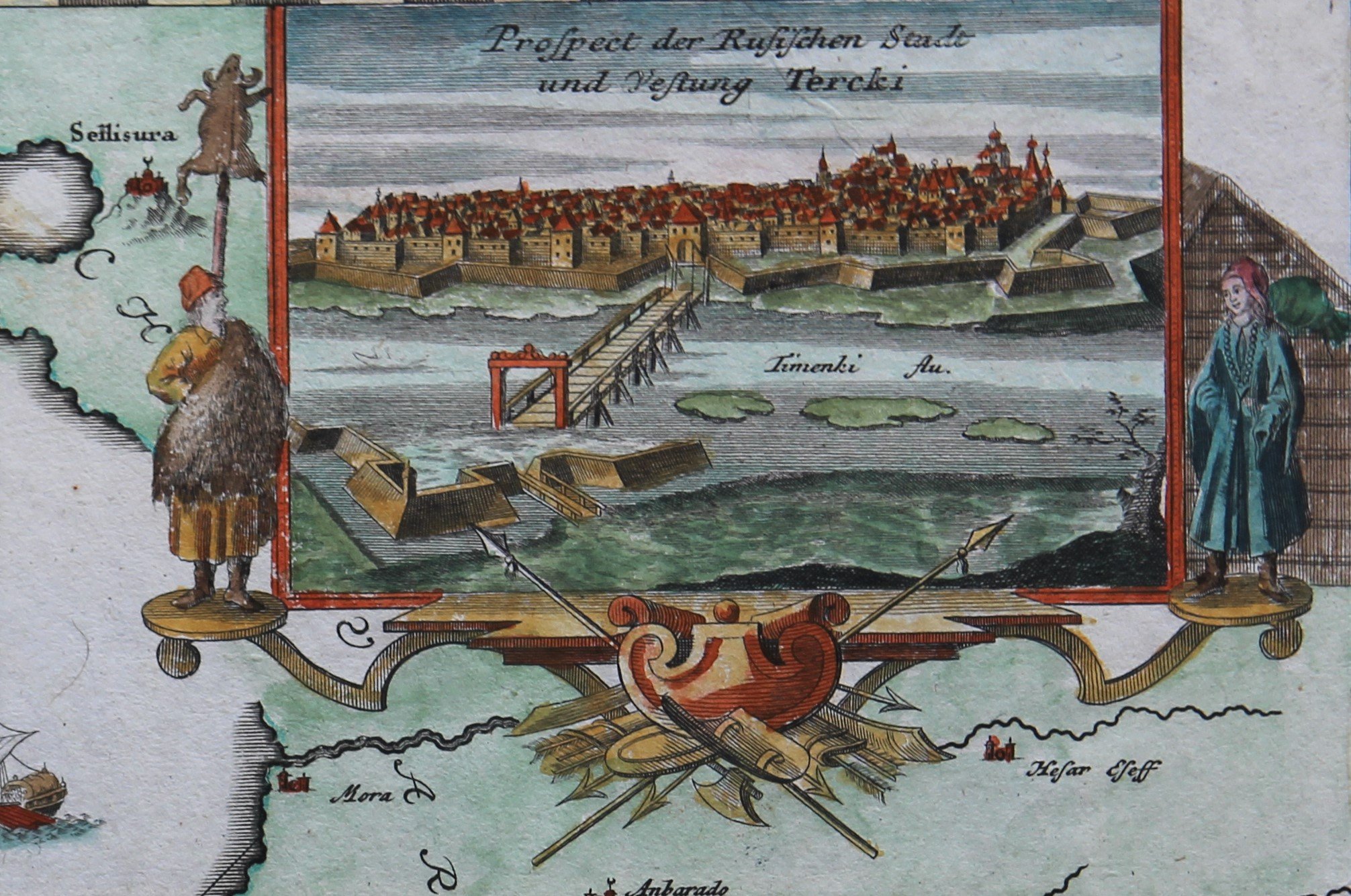
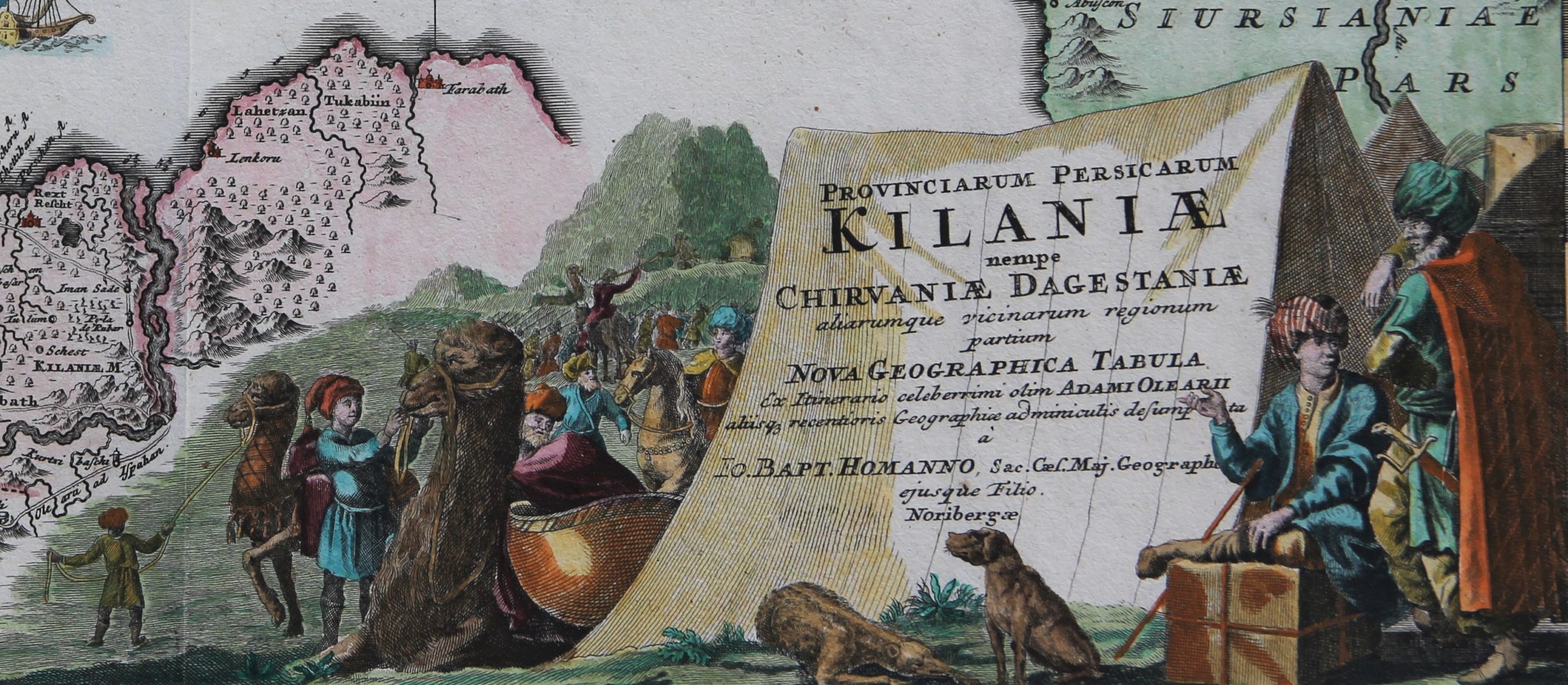
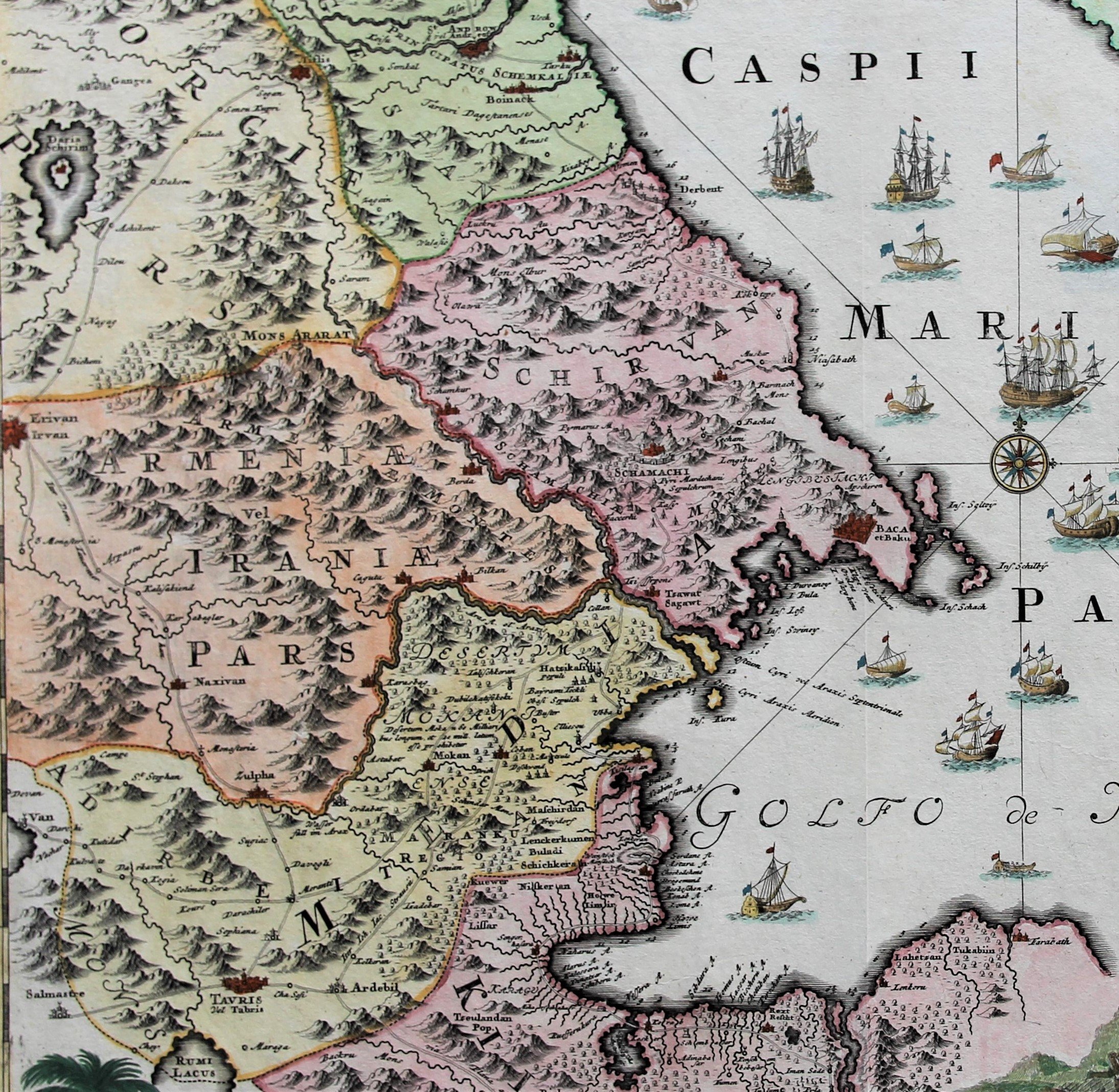
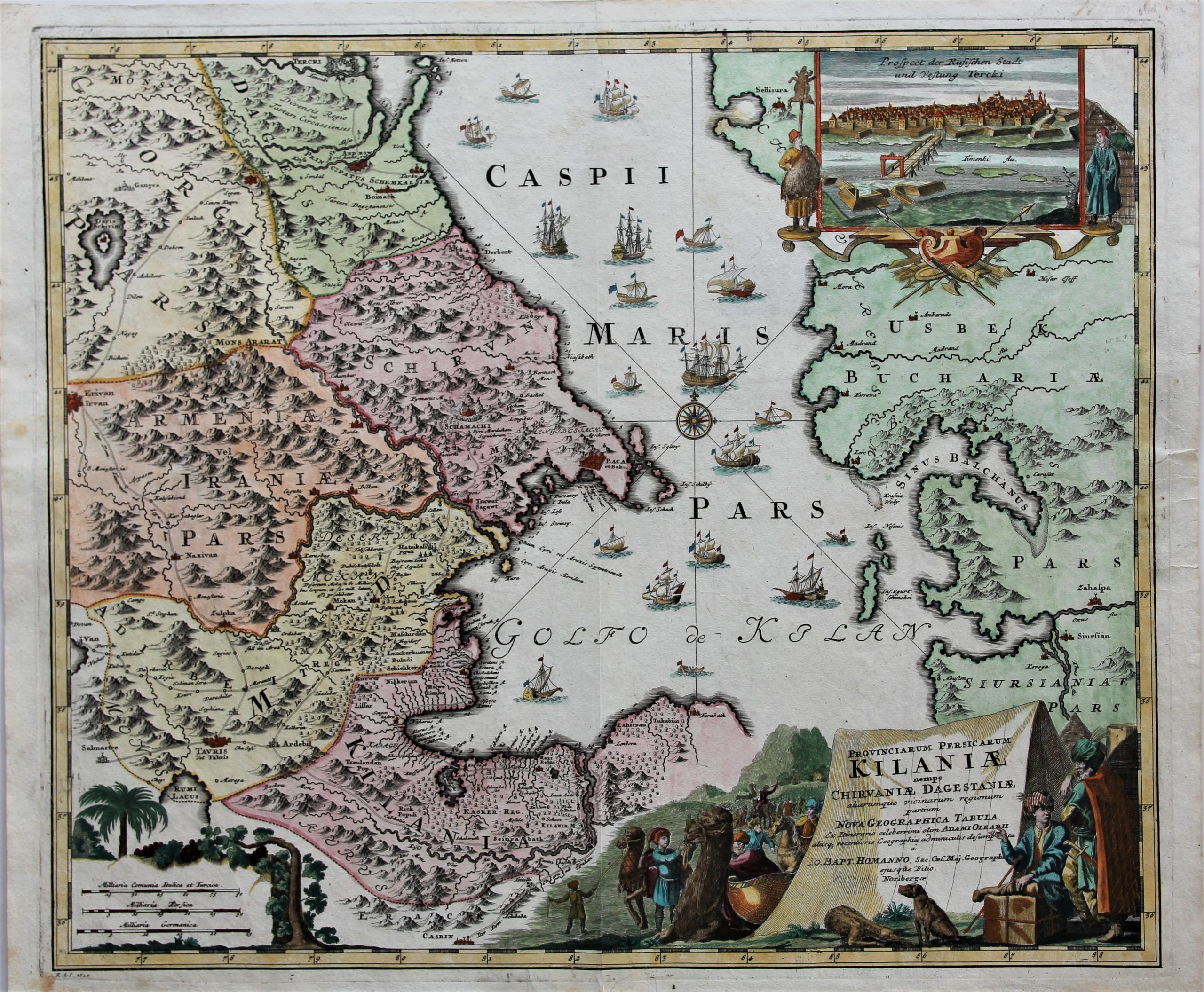
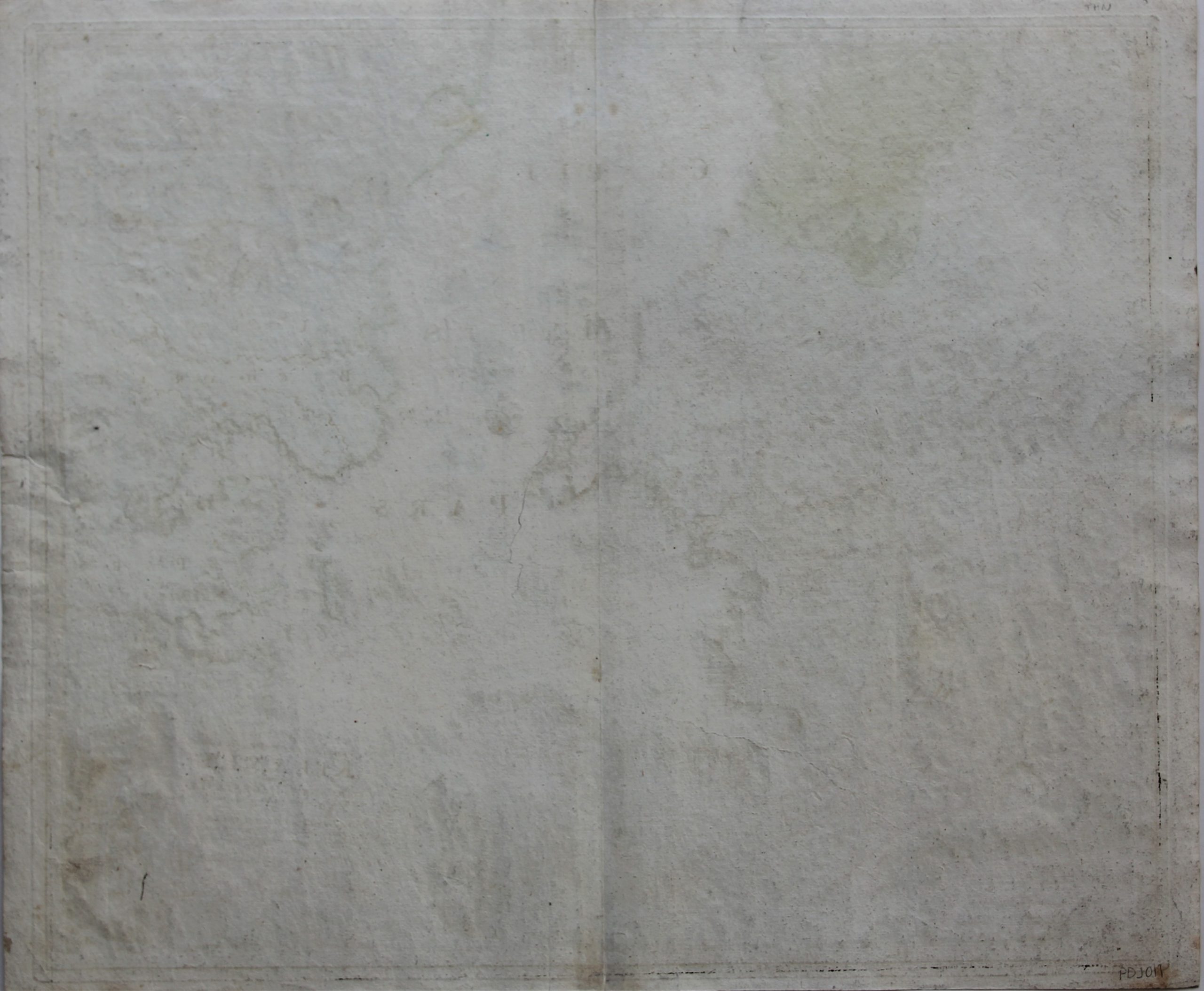
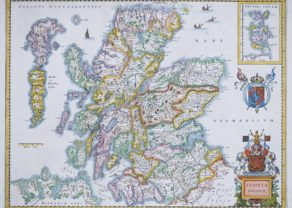
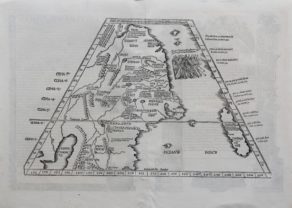
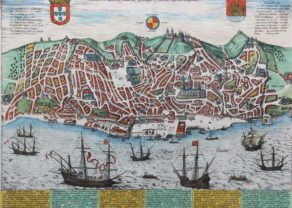
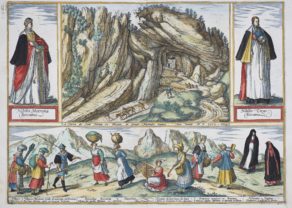
Homann shows us the Caspian Sea
Gorgeous map of parts of Georgia, Armenia, Kilani, Dagestan, Medina, Schirvan and the southern part of the Caspian sea with southern part of the Caucasus and Turkmenistan. A variety of ships sail the Caspian Sea on this very decorative map. One discovers the following towns:
Just east (right) of Yerevan lies the mythical Mons Ararat.
A fine view of the city of Baku (the former Tereki) is inset in a decorative cartouche at upper right. The sheet is further embellished in Homann’s bold style with a large title cartouche that features a nomadic encampment with colorful figures, a camel, and horsemen, and a vine-draped distance scale cartouche.
The map includes information derived from the famous itinerary of Adam Olearius.
Johann Homann and his successors
Homann (1664-1724) was born in Oberkammlach in Bavaria. In 1702 he founded his own publishing house and acquired renown as a leading German cartographer, and in 1715 was appointed Imperial Geographer by Emperor Charles VI. Giving such privileges to individuals was an added right that the Holy Roman Emperor enjoyed. In the same year he was also named a member of the Prussian Academy of Scineces in Berlin. Of particular significance to cartography were the imperial printing privileges, which protected for a time the authors in all scientific fields such as printers, copper engravers, map makers and publishers. They were also very important as a recommendation for potential customers.
In 1716 Homann published his masterpiece Grosser Atlas ueber die ganze Welt (Grand Atlas of all the World). Numerous maps were drawn up in cooperation with the engraver Christoph Wiegel the Elder.
Homann died in Nuremberg in 1724. He was succeeded by his son Johann Christoph (1703-1730). The company carried on upon his death as Homann heirs company, managed by Johann Michael Franz and Johann Georg Ebersberger. After subsequent changes in management the company folded in 1852.The company was known as “Homann Erben”, “Homanniani Heredes”, or “Heritiers de Homann” abroad.